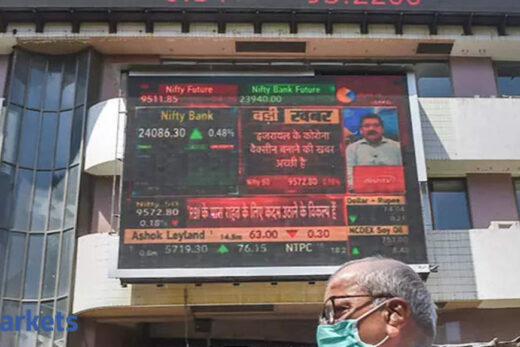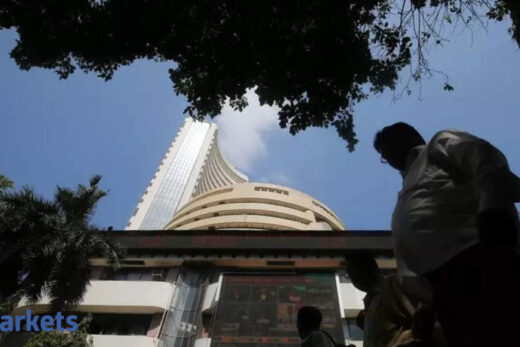What is working in favour of and why is there a steep valuation as compared to HDFC Bank?
It is tough to understand because in this quarter and the previous quarters during the pandemic, Bajaj Finance has not really done better than any of the other well established banks with good risk management practices. It in fact does not have a strong deposit franchise which most of the banks have. Its gross and net NPA levels are now similar to many of the large private sector banks. HDFC Bank obviously is better, but many of the other larger banks are very similar to them. I think this entire buzz about some app being created which will integrate all operations and cross selling will increase and they will benefit out of it, is just a story because these days, technology is no longer a distinguishing factor because everyone has technology, everyone has very strong apps, everyone is into cross selling. So, that is not really something which can drive the stock price up continuously when they have effectively not grown for the last two years. In fact, their balance sheet has deteriorated.
So these valuations are clearly unsustainable. There are many stocks in the market today where valuations are unsustainable and I believe this is one of them. There will be a mean reversion and I would believe that unless and until they start growing at 30% to 50% and keep on growing at that rate for the next five-seven years. That will be tough in an economy where credit growth is just 5-6% at this point of time and they are no longer a small player. Whoever is buying at these valuations might not make any returns over the next two-three years.
A similar thing had happened in HDFC Bank. It was at Rs 1,400 two years ago. A couple of weeks ago, HDFC Bank traded at around Rs 1,400 before news on RBI restriction removal on credit cards came and it rallied around 10%. So effectively over a two-year period, whoever bought when there was euphoria in HDFC Bank two years back effectively made no returns. So even good quality companies cannot trade at valuations which are totally out of sync with either the sector dynamics or the rest of the financial space.
It is not a Bajaj Finance kind of valuation, but Fortis is at Rs 300 and Apollo is at a crazy level. Why are markets so excited about these companies?
For many of these companies the profitability in the near term has surprised most analysts and investors and that has driven the stock prices up. Large part of the outperformance of many of these hospital companies has come from their diagnostic operations or their pharmacy operations which have done better during Covid times and they have been able to make more money through lesser expenditure. So again this is another segment where fundamentally things have become better but eventually long-term growth rate for these companies will still be 10-12%. So it has been good to participate in this rally and the strong up move which has happened, but the valuations are excessive
What I said for Bajaj Finance, is also true for many of these diagnostic companies where because of Covid testing, their profitability shot up and this might not be sustainable next year once the Covid wave ebbs. So many analysts are building in 20-30% growth next year, whereas we might actually have a degrowth for many of them. We are in a market place where 20-30 stocks are trading at valuations which in my view are clearly unsustainable.
I would think that Fortis and Apollo Hospitals valuations — trading at around 60 to 70 times next year earnings — clearly are not sustainable. Even at these elevated profitability, their ROEs are in low single digits. In euphoric bull markets, valuations do move ahead but then once things settle down, people will start asking questions.
In metals, while the best may be behind us, there is weakness in the dollar index and the price of steel tells us that the strength in metals is here to say. What is the right data point to look at?
There are two data points which are playing out one is about Chinese curbs on production and that has driven the steel prices up largely, plus there was total lack of stocking last year and this year and the price uptick took everyone by surprise. So consumers stocked up. The producers did not try to stock up because they were expecting higher prices going forward. I think that phase is over.
The second more important thing which all serious investor should analyse is that 50- 60% of the consumption of all key matters is still in China and the Chinese economy is slowing down significantly. In that context, even with some production curbs, if the biggest consumer sees a drop off in consumption, can the prices go up or sustain at the levels where they are? That is a real debate. I would lean on the side of being cautious on metal stocks at this stage because the up move has been huge, the commodity prices have shot up, but they are also trying to be volatile.
If you look at what happened to iron ore, from $230 a tonne, it fell straight to $130 a tonne in one month. That is the kind of speculative activity which is happening in metals. I would think that small upticks in metal prices on a daily basis of will create some uptick in metal stocks because these are the trader favourites at this point of time. But from an investor’s perspective, valuations are not very attractive because any commodity super cycle as is being talked off will require strong Chinese growth which does not seem to be imminent.



